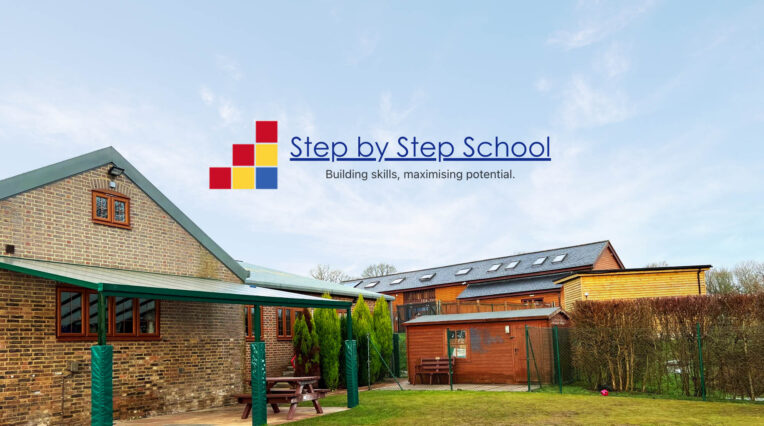News | 12/09/2016
22 industry insights all content marketers must know in 2016
On 2 September, a bunch of the Cobb crew travelled down to the seafront to attend the Brighton SEO conference: a seminal event in our industry calendar. It was a chance for professionals in the field to set aside their competitive instincts, all with the aim of developing strategic insights to utilise. Fun was had, people were met, and giant deckchairs were used, but most importantly, plenty of insights were learnt.
The following guide throws light on my time at the event, what the industry is currently discussing in the content marketing sector and what market leaders are excited about in the field. So, if you didn’t travel over to the Brighton seafront this year, you’re in luck; simply read this.
Small mention. This guide does not cover every conference session. Look around the net for various podcasts and articles to find out more!
Links – white-hat churning and burning
Stacey MacNaught from Tecmark kicked off the ‘Links’ session. The presentation provided a perfect opportunity to learn more about how to distribute content in an increasingly competitive online outreach environment.
DO NOT be enticed by bad outreach directories, as quality rather than quantity promotes sustainable strategy – play the numbers game, sensibly.
“Don’t be afraid to semi-automate parts of what you do”. Building links through third-party publishers isn’t easy. Consider the outlet before communicating with them to streamline the process. National press (top tier) requires individual, personal PR; semi-automate emails to regional press (mid-tier) to strike the right balance; create automated but personalised templates for blogger outreach.
If you’re a whizz with a camera, research image attribution to bring some recognition back to your brand. According to Foter.com, 90% of commons images are attributed, and 99% of images aren’t attributed properly; this needs to change. Creative Commons licenses provide a standard way for content creators to grant access to their snaps. Why does this matter? If a blogger or regional or national publication extracts just an image from your industry article, you can still gain brand awareness if the image links back to your site.
Short-cuts: don’t write off the regional press.
Cobb Digital and our clients are routinely featured in regional publications which gain local interest.
National publications consistently promote regional stories if they are right for their readers.
When you don’t have enough hands to juggle your content goals, reach out to freelance journalists through respected directories, for example, Journalism.co.uk. It is in the freelancer’s best interests to get published, so you’re almost always guaranteed quality content.
Paul Madden from Kerboo followed up with a presentation on how to navigate an ocean of link data.
According to Paul, almost every person he talks to cites the Google link schemes page, but can’t actually cite what it says. First things first, familiarise yourself with this page to understand what Google really likes.
Takeaways on outreach strategy followed. Developing relationships with bloggers, and the press was an overriding takeaway. This can enable brands to develop continuous outreach work outside major projects.
Begin outreach emails with ‘Hi [first name]’ to improve conversion. Focus on short, direct triggers for action, for example, product review proposals.
Reaching out to niche publications is often an easier process, but links from national publications are great for secondary link building. “Focus on results rather than just production.”
eMRKTNG’s Steve Linney took to the stage in a Syndicate room to explain why email rules content marketing
“Email is still a big player, and it’s foolish to think otherwise” was his opening statement. There are, however, hurdles to cross, for example, targeting the correct audience at the right time, and losing consumer trust by mistiming a hard sell. One mantra to bear in mind at all times: “If they love your content they’ll love your brand.”
Email subscribers are 3X more likely to share content via social, and 72% prefer promo content via email, opposed to just 17% who respond well to social promotions.
Content marketing can help to nurture your audience and leads. A simple thank you email from your CEO is a quick but tangible action that all businesses can send to remind recipients that the brand cares.
As your database increases, you can extract more value from it, for example, improving your onsite engagement and customer journey to increase Google rankings, and cold, hard ROI.
Team up with like-minded third party email providers or partners to push emails to an interested audience. For example, online course providers joining forces with jobs board partners, then working collaboratively to tailor individual jobs board campaigns so that they remain relevant across the country.
‘Shareable’ content was an emphasised phrase. Appeal to subscribers with ‘Fear Of Missing Out’ (FOMO) content which promotes a product, event or new service from a variety of angles. Steve used a festival as an example, with a content thread that featured ticket packages, artist line-ups, and articles on why people should love the event, including “we’ve got the best DJ’s and the nicest toilets…”
‘The key is to provide content that informs, educates or entertains your audience with only a small emphasis on sales.’ Try a 3 to 1 ratio: send 3 bits of useful and entertaining information, followed by one promo offer piece.
Simon Bennison, head of content marketing at Caliber, ended the session with an insightful look at how to put a price on digital content.
According to Bennison, 63% of average budgets are currently being splashed on offline marketing, while the rest is allocated to digital. Only 4% of brand spend is dedicated to content marketing. Brands often spend more time on paid search marketing than content and SEO put together.
However, only 2% of search traffic is generated from paid search. Perhaps it’s time for content marketers to take a stand?
READ Good Strategy, Bad Strategy by Richard P. Rumelt – it’s on my To-Do list!
These are the most expensive PPC keywords:
As Bennison pointed out, the above tells us 2 things: UK browsers have a pretty intense gambling problem, and that we need to be able to make content marketing easier to invest in.
This is an example of a good content strategy:
Another great takeaway slide that’s too lengthy to type out:
You can find all these slides here.
As ever, 2016 has provided fast-flowing lessons for all marketers in every field. Producing tangible results is the end goal for any content marketer, but getting to that extra level of engagement and magic conversion rate requires constant development. I hope these insights serve you well.
Why not call our digital marketing team on 01273 208913 for a plain English, no obligation chat over a beverage and a biscuit to improve your business results?





